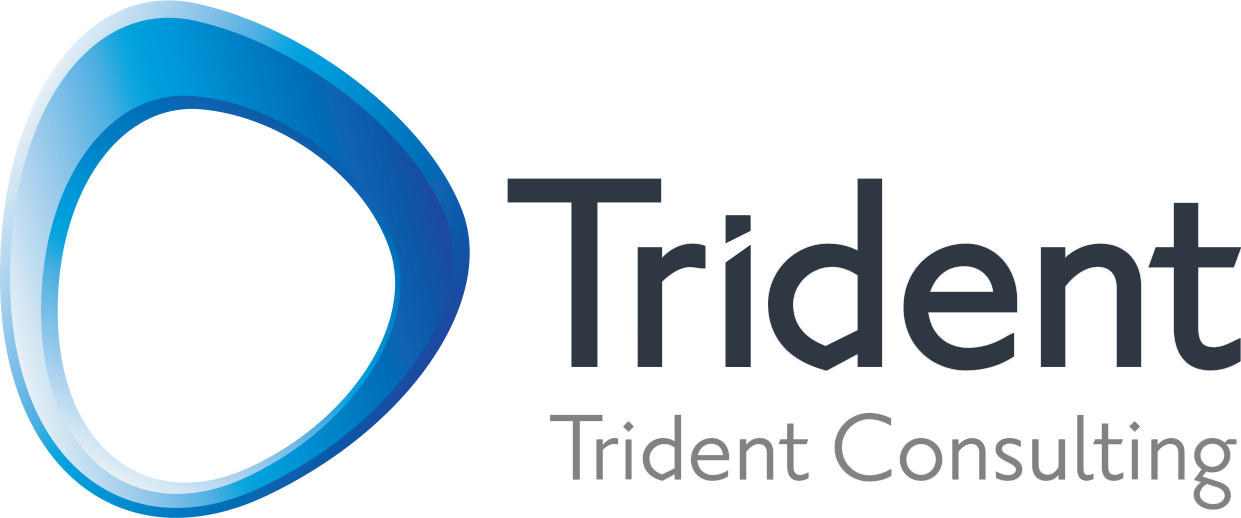Description
The key deliverables and responsibilities include:
- 2.1. Security Assessment and Strategy Development
- Current State Analysis: Conduct a comprehensive security assessment of the existing Azure environment, including identity and access management, network security, data protection, and monitoring.
- Risk Assessment: Identify potential security risks, vulnerabilities, and gaps in the existing setup.
- Security Strategy Development: Develop a cloud security strategy that aligns with the organization's business objectives and compliance requirements (e.g., GDPR, HIPAA).
Security Architecture Design
- Architecture Blueprint: Design a scalable and robust security architecture for the Azuenvironment, including identity management, network segmentation, data encryption, and logging/monitoring solutions.
- Security Controls: Define and implement security controls that mitigate identified risks, including
- Azure-specific security services such as Azure Security Center, Azure Policy, Azure Blueprints, and Azure Sentinel.
- Integration Planning: Develop an integration plan for security tools and technologies, ensuring seamless interaction with existing on-premises and cloud resources.
Implementation and Configuration
- Azure Security Configuration: Configure and deploy security features and tools within Azure,including Azure Active Directory (AAD), Multi-Factor Authentication (MFA), Azure Key Vault, and Network Security Groups (NSGs).
- Automation and DevSecOps: Implement automation scripts and templates (e.g., ARM templates,Terraform) for security configurations and integrations.
- Incident Response Setup: Design and implement an incident response plan within Azure,including configuring alerts, logging, and automated responses to security incidents.
Compliance and Governance
- Compliance Alignment: Ensure that the Azure environment adheres to relevant regulatoryrequirements and industry standards (e.g., CIS Benchmarks, NIST).
- Governance Framework: Establish a governance framework for continuous compliance monitoring, reporting, and policy enforcement using Azure Policy and Azure Blueprints.
- Documentation: Develop and maintain detailed documentation of the security architecture, configurations, and governance processes.
Training and Knowledge Transfer
- Staff Training Program: Develop and execute a training program tailored to the needs of Company's staff. This will include: Azure Security Fundamentals: Training on the basics of Azure security tools, best practices, and common configurations.
- Advanced Security Topics: In-depth sessions on identity management, threat protection,compliance, and monitoring within Azure.
- Hands-On Workshops: Practical workshops where staff will configure and manage security tools within the Azure environment under the guidance of the consultant.
- Training Materials: Provide comprehensive training materials, including presentations, manuals, and video tutorials that Company staff can refer to after the engagement.
- Documentation Handover: Deliver detailed documentation on all work performed, including architecture designs, configurations, policies, and processes, ensuring that Company staff canmaintain and expand upon the implemented solutions independently.
Key Skills
Education
Any Graduate
- Posted On: 30-Aug-2024
- Experience: 8+ years of experience
- Openings: 1
- Category: Senior Cloud Security Architect
- Tenure: Contract - Independent Position

